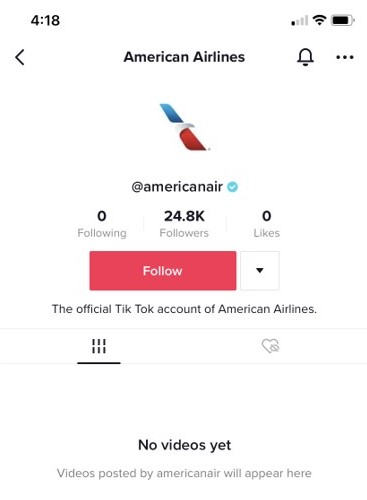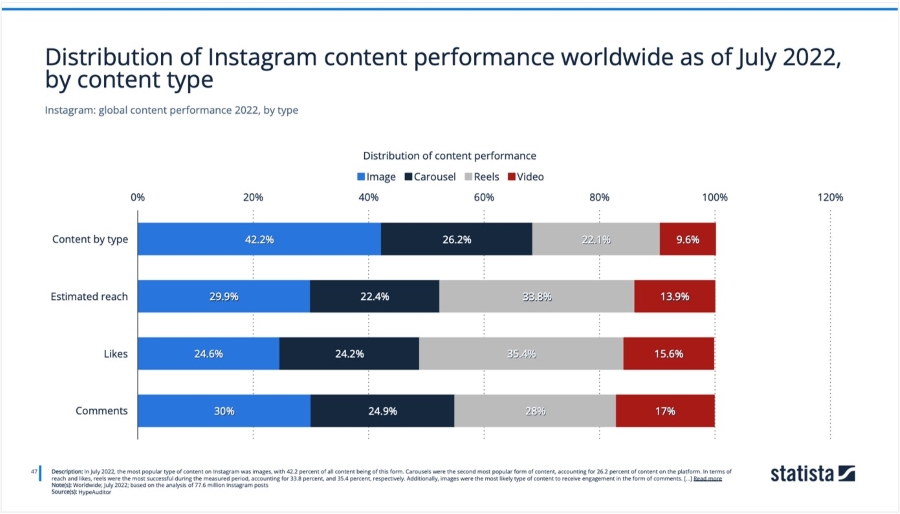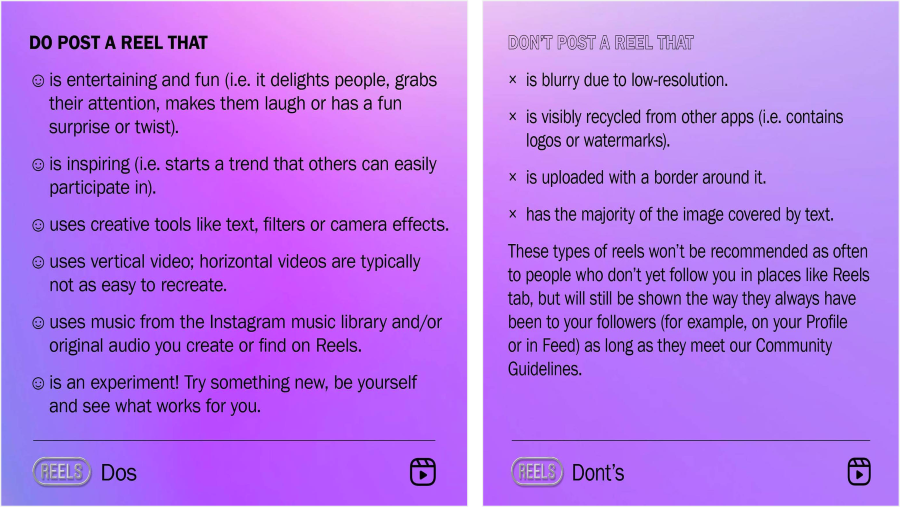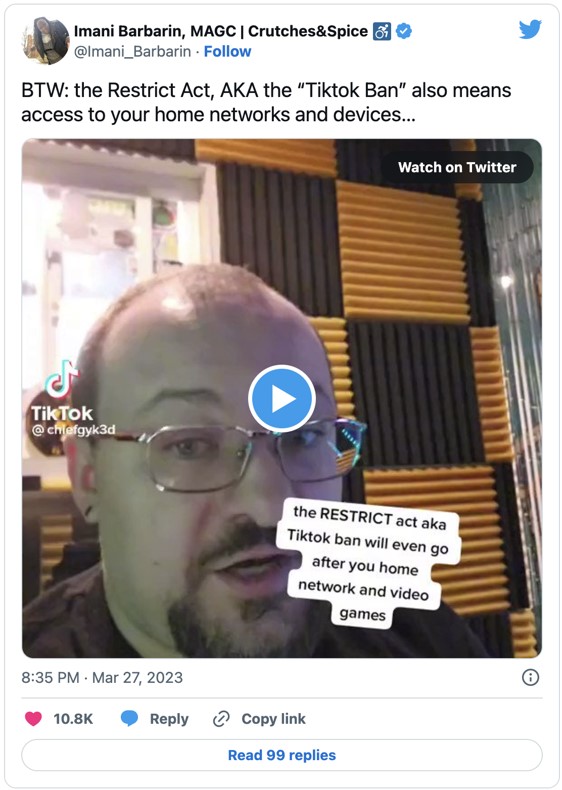We Are Social’s Nathan Baker sets out why, even if TikTok is under threat from the US Congress, the format it has popularised is here to stay.
The United States Congress doesn’t always agree, but they seem to be coming together against TikTok. This is on our radar as it affects our clients. We’ve been having conversations with them in recent weeks about how to handle what might be coming.
The S.686 - RESTRICT Act was recently introduced in the US Senate, which is more commonly known as the ‘TikTok-ban’ bill. If it’s voted into law, the RESTRICT Act will “empower the secretary of commerce to take appropriate measures to identify and mitigate the risks associated with foreign ICT products and services, and impose civil and criminal penalties on anyone who violates or circumvents such measures.” This could give the Executive Branch the power to outright prohibit TikTok in the United States.
This isn’t the first time the US government has toyed with banning TikTok. In August 2020, President Trump ordered a ban on TikTok and WeChat on the basis of national security grounds. This was an executive order and didn’t hold weight under US law, whereas the RESTRICT Act could potentially give a US president the power to ban any foreign platform if it becomes a law.
Some of our clients in North Asia have been planning on opening US regional TikTok accounts and now we have to deal with the looming political situation. Our advice for them is to wait and see.
If you don’t have a brand account on TikTok yet, simply make the account and own the real estate. You don’t need to post anything just yet. A number of brands have opened accounts on TikTok and gained sizable followings despite not posting a thing (e.g. American Airlines).

But what if you’re already creating TikTok brand content?
We have some good news. Most of the other social media platforms resemble TikTok now. If a brand is using global social media platforms in 2023, they need to create mobile-friendly vertical video content. And it needs to have an authenticity factor to it. That basically means creating TikTok videos.
So if Instagram is your predominant brand social platform, you need a vertical video strategy that’s aligned with TikTok in order to maximize the Instagram Reels effect.

Instagram Reels are often delivered by algorithms to users who don’t follow the account, making it a great brand discovery channel. Therefore, they tend to generate higher than average organic reach and thus bring in more organic engagement.
But any old vertical video won’t do on Instagram Reels, or TikTok for that matter. Vertical video content needs to add value. It needs to at least entertain, inspire, educate, or soothe the people it’s made for. Here are some basic tips from the Instagram Creators account:

We generally recommend creating vertical video content for cross-platform sharing. Facebook Reels is relevant now for brand discovery, much like Instagram Reels. Content creators on YouTube have widely adopted YouTube Shorts, which is another TikTok clone.
While Twitter doesn’t have a TikTok-esque interface, vertical video is relevant on the platform from an organic perspective. Even the Reddit app is looking and feeling like TikTok these days. Vertical video really works for the mobile user experience and TikTok has shaped the way platforms are adopting it.
All in all, you need a TikTok content strategy whether you use TikTok or not. From a content asset planning perspective, we recommend creating brand social content that would be suited for TikTok – but we recommend using it across your brand social channels. You can of course maximize the native features of each platform (like interactive stickers) in order to suit each platform’s characteristics.
Our advice is to wait and see how the RESTRICT Act plays out in the US Congress while continuing to create content that’s suited for TikTok. If you don’t yet have a US TikTok brand account and feel you need one, at least create the account so you can use it if this all just blows over.
If TikTok does end up getting banned in the US, vertical video will still be relevant. It’s just about where that vertical video is being posted. Mobile users make up most social media activity after all.
We can simply follow the laws and regulations of the markets we’re working in while adapting to ‘new normals’ when necessary. TikTok has already created a ‘new normal’ for how people consume social content across most social media platforms.
From an American political perspective, I’m not so sure the RESTRICT Act will pass. There is a lot of bipartisan alarm amongst patriotic Americans who want to maintain basic constitutional rights and their focus has turned toward this potential law.

There is concern and discussion that the law will do a lot more than just ban TikTok, which could include invasive government spying and penalties for accessing certain foreign apps with VPNs. If the bill is deemed widely unpopular, it could fail in Congress.
Whether the bill passes or not, there is a growing division between China and the US. At the end of the day, We Are Social wants to do business, so we’ll be adapting to the times and looking out for our clients’ best interests.

